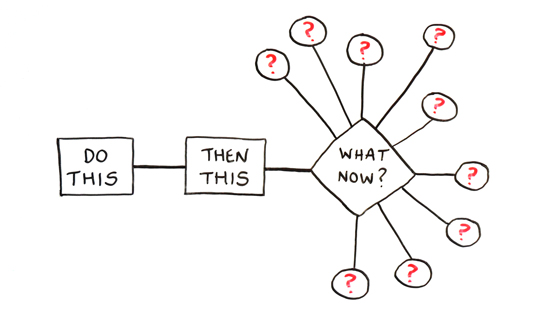The first part of your question, Why Does “X” Represent the Unknown?, can be answered quickly from this short TED talk.
In short, we use "x" to represent the unknown because the scholars in 11th century couldn't translate the arabic letter "Shin", denoting unknowns, to Spanish. In Arabic, Shin (ش) is read as /ʃ/, like the sound sh in shoe, but there is no such sound in Spanish. For this reason, they borrowed the Greek letter "Chi" (Χ, χ) instead, which was later transliterated to X.
As forThe second part, about the alternatives for the unknown from the usability perspective, it's hard to answer without knowing the context. Some of the possible alternatives are:
Question mark, used in post-its, or notes when you need to draw charts/navigation schemes/sitemaps.

Dot or Dash, e.g. ---, ___, which you use to represent the "blank" to be filled in, which is itself an unknown.

Form elements input areas, e.g. text field, dropdown with placeholders ("please type", "please choose", etc.) are also unknowns in a way.

